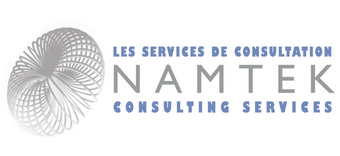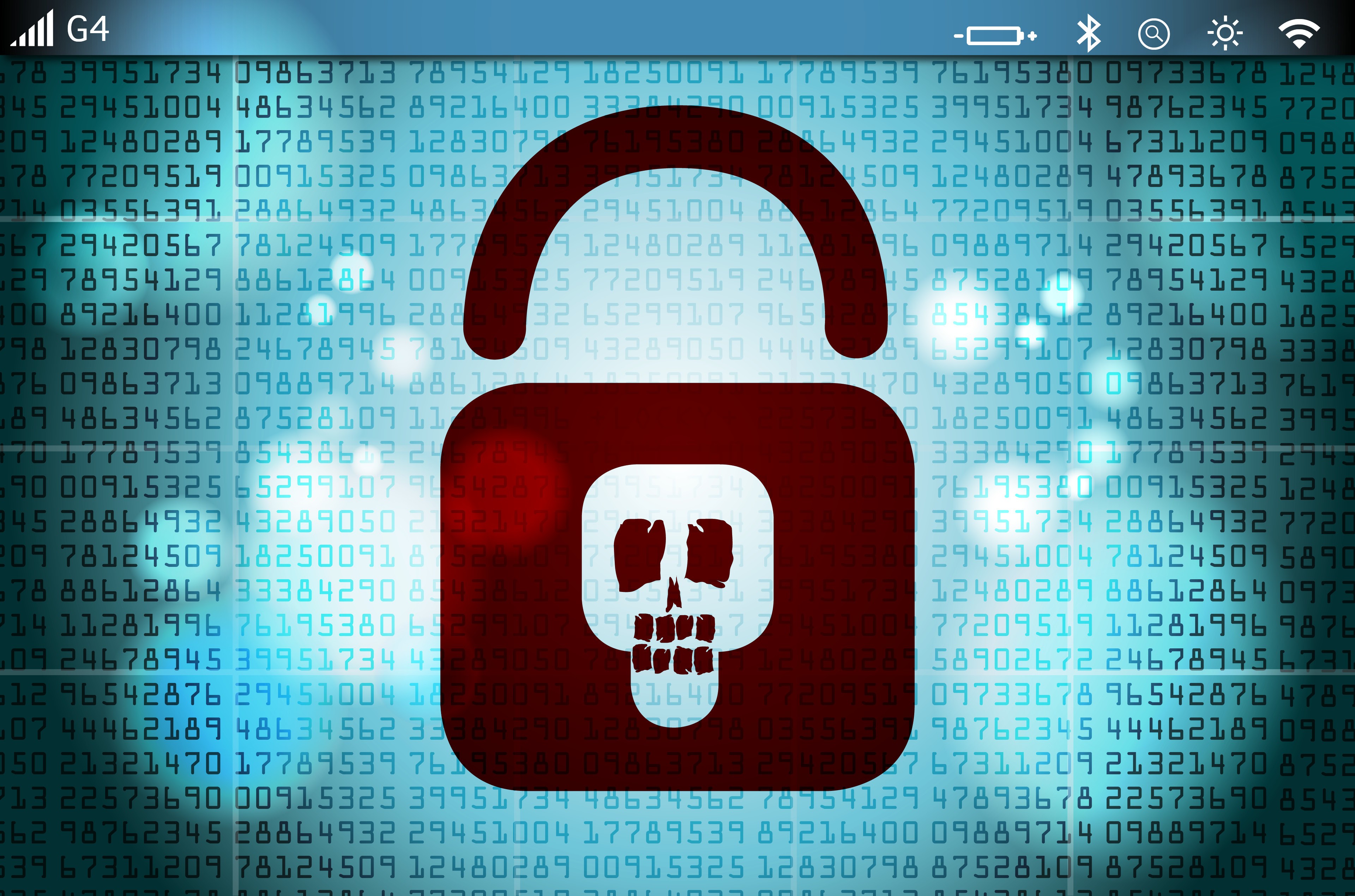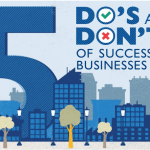How to Budget for the right Software Solutions in the New Year
Last Updated on July 5, 2023 by Tatyana Vandich
 Budgeting and business planning are quite essential for business growth and success. It’s very important to take some time before the New Year to create and manage budgets, prepare business plans as well as monitor your company’s finances and performance over the last year. By doing all of this, you will have greater confidence in decision-making in 2015 since you’ll have improved clarity, thorough financial information and a better ability to spot problems before they even happen.
Budgeting and business planning are quite essential for business growth and success. It’s very important to take some time before the New Year to create and manage budgets, prepare business plans as well as monitor your company’s finances and performance over the last year. By doing all of this, you will have greater confidence in decision-making in 2015 since you’ll have improved clarity, thorough financial information and a better ability to spot problems before they even happen.
An annual business plan should include:
- An outline of changes that you’d like to make for your business’ growth; this can include software upgrades
- Objectives for the New Year
- Performance indicators
- Problems that are likely to come up
- Financial performance and forecasts
- Business continuity plan; a plan of action for when a disaster strikes
We’ve encountered many companies that have hit a problem, either with their outdated ERP system or with their backup solution, and are struggling to find some room in their budget at the last minute for these unexpected situations. Budgeting and planning for new software solutions should be done BEFORE your company encounters a problem, especially when data backup is in question. In this day and age, with the emergence of the “cloud” and “Software as a Service” there’s no reason not to have the best solutions for your company.
Finding the Budget for an ERP solution
Nowadays, it’s quite easy for small to mid size companies to budget for a fully integrated ERP system, especially if they are looking to go with a system in the cloud (SaaS). This would allow them to pay a subscription (per month, per user) and a low initial one-time fee. Implementing an efficient, easy to use software solution doesn’t entail spending hundreds of thousands of dollars anymore. On top of this, you won’t need an in-house IT team any longer, as many companies are switching to Third Party IT Providers to handle all their IT needs. Software solutions are becoming more affordable and easier to implement; it’s just about finding the right Provider.
Planning for Unexpected Occurrences
A Business Continuity plan first entails evaluating your current recovery time and recovery point objectives as well as a rough estimate of your downtime costs if and when a disaster strikes. It is then important to implement a Business Continuity solution like QBR in order to minimize your downtime and expect that your data is safely backed up on the QBR device as well as in the Cloud. The planning doesn’t end here; once your have QBR in place, if your operations are halted at your company, for example if there was a flood or fire in your office building, it is possible to set up a remote office (with minimal requirements) for a short period of time. This will allow your employees to continue working even during an unexpected occurrence.
Losing your data or taking too long during the restore process can cause major losses and it is something you definitely need to avoid by planning and implementing a Business Continuity solution beforehand.
Therefore, our recommendation would be to budget in an efficient SaaS ERP system and Business Continuity solution and create a solid business continuity plan NOW before 2015 comes around. Don’t wait until a big problem arises unexpectedly with your outdated system or backup and restore solution and there’s no room in your budget for software upgrades or fixes.









